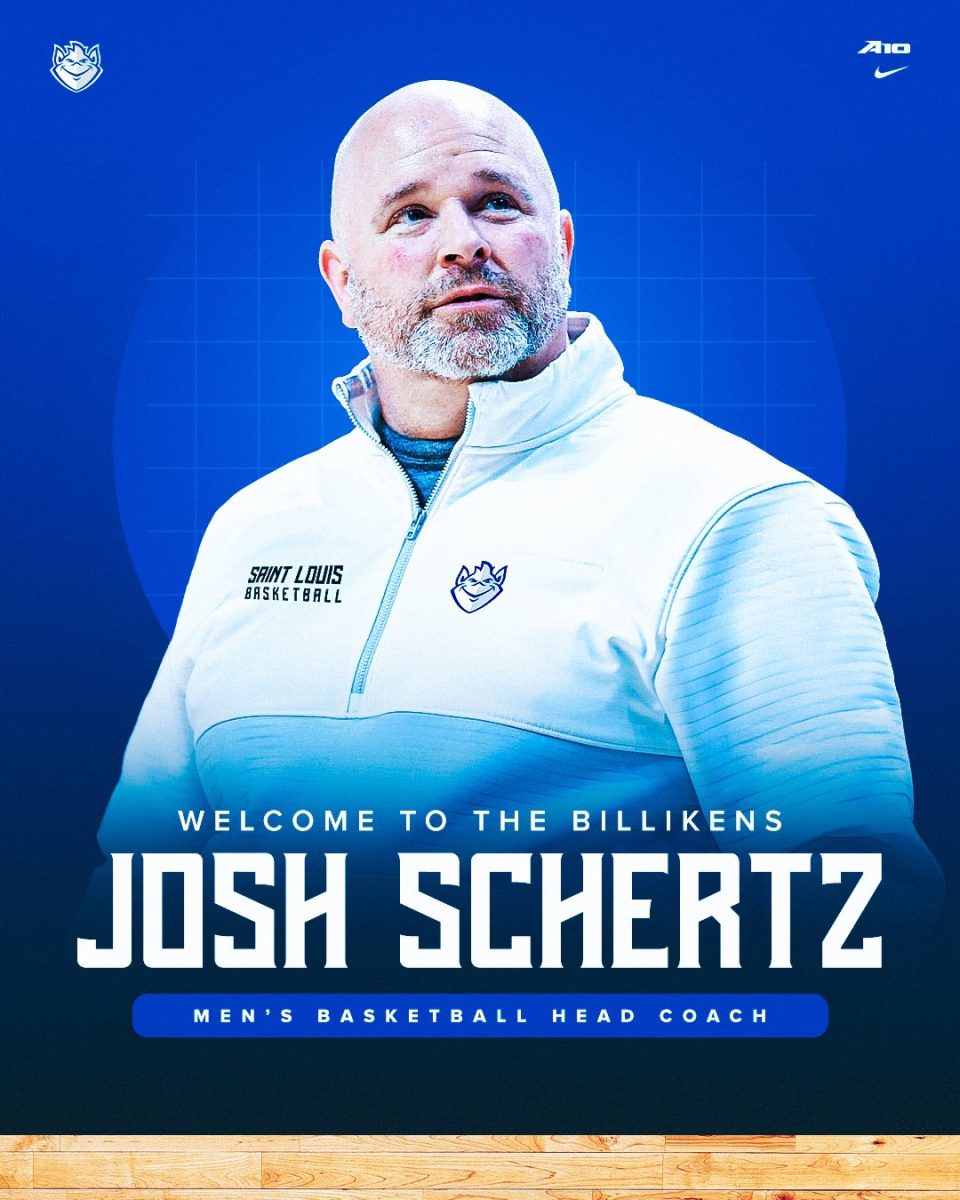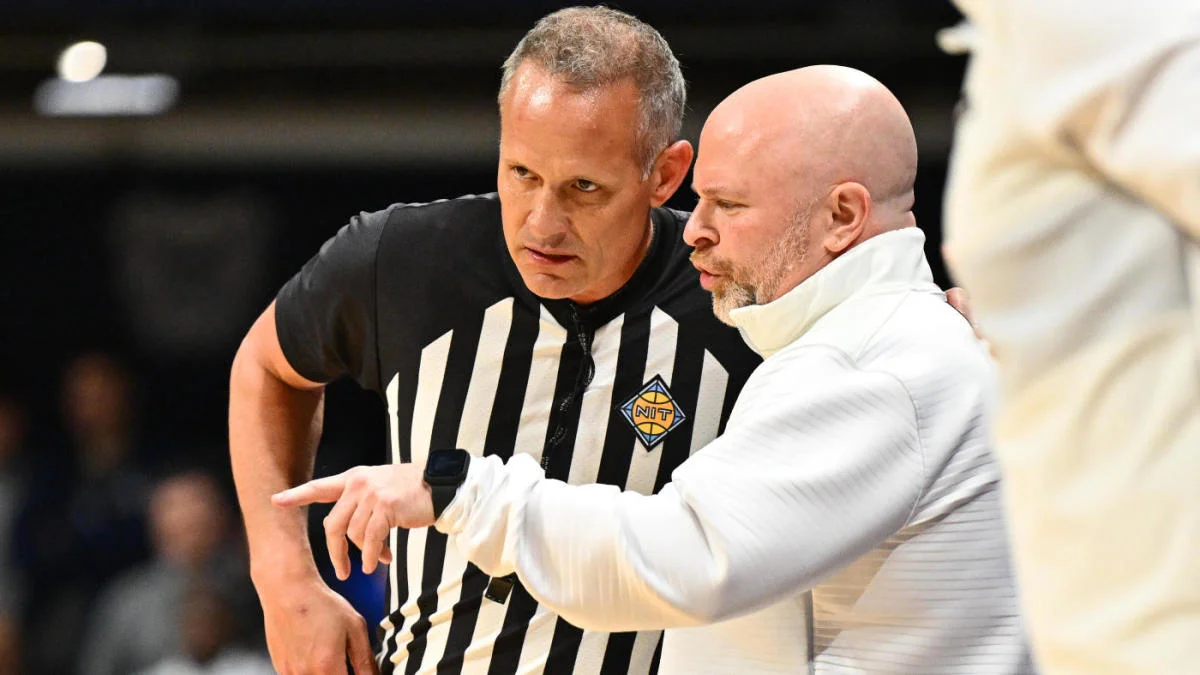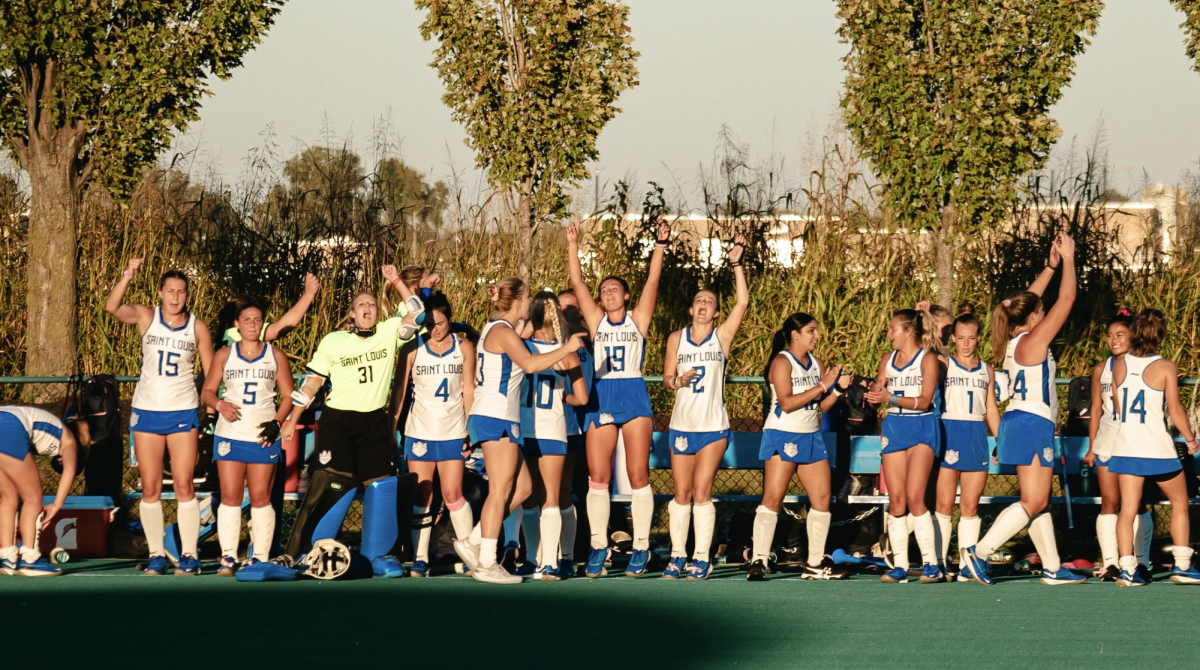It’s almost Thanksgiving, and families soon will gather in celebration of the year’s blessings.
Perhaps most ubiquitous of the many Thanksgiving traditions is watching the holiday football games. Even in watching these games, it is clear that there is much to be thankful for.
This Thanksgiving, football fans everywhere should be grateful for the creation of the pervasive forward pass. And they should direct their thanks no further than Saint Louis University.
In the early 1900s, college football was an increasingly popular sport, attracting more and more fans every year. At the center of this explosion of popularity was SLU, which then still had a football team, and was undefeated in 1901 and 1904.
Yet, despite the rise in popularity, there was an increase in violence in football. In 1905, 18 athletes died, prompting President Theodore Roosevelt’s involvement. He called for an overhaul of the sport before the 1906 season could commence. The most drastic of the many changes was the legalization of the “projectile,” or forward pass. The purpose of this change was to spread out the field and make the game less violent.
In St. Louis, Eddie Cochems, a radical new head coach, was hired to lead the Billikens into the new era. Cochems took the team to a Jesuit sanctuary in Wisconsin before the season, to develop a top-secret offensive scheme. During this retreat, hidden deep in the woods of southern Wisconsin, Cochems and quarterback Bradbury Robinson, a transfer student, developed a covert new offense, which is held in high esteem, even today. Robinson transferred from the University of Wisconsin to excel under Cohcems.
The season soon began, and Cochems held his secretive plan securely in his back pocket.
After a laborious first half in a game on Sept. 6, 1906 versus Carroll College in Wisconsin, Cochems became frustrated with his team’s ability to move the ball on offense and called for a forward pass. Robinson’s throw to his receiver was incomplete, and much to the dismay of Cochem, the play resulted in a turnover under 1906 rules.
However, after more struggles running the ball, Cochems sent in the fateful-play call, leading to a 20-yard touchdown pass from Robinson to receiver Jack Schneider.
After the pass, hall-of-famer David Nelson wrote, “Cochems is to forward passing what the Wright brothers are to aviation, and Thomas Edison is to the electric light.”
SLU and its unique offense went undefeated again in 1906, as teams around the country did not adopt the forward pass as commonplace until much later in the decade.
“One would have thought so effective a play would have been instantly copied. The East, however, had not cared much about Midwestern and Western football. Indeed, the East scarcely realized that football existed beyond the Alleghenies,” Knute Rockne, legendary Notre Dame coach, said as SLU continued to toss projectile passes all over the field, sending opponents into a frenzy.
The Billikens discontinued their football program in 1949, and St. Louis football fans must get their fix on Sundays by watching the St. Louis Rams or reruns of Cochem’s revolutionary squads.
As historians have combed over the annals, some have disputed the claims that Cochems’ team completed the first pass, proposing that squads were experimenting with the idea as early as 1905. Many of the preemiment names in football, Rockne among the most revered, have paid homage to Cochems’ accomplishment though.
“Although Cochems was the premier passing coach during the first year of the rule, the first forward passes were thrown at the end of the 1905 season,” Nelson wrote, “it remains undisputed that Cochems was the first to implement and popularize the pass and construct an entire offense around the crazy idea that the pigskin could be tossed through the air, capturing the imaginations of millions across the country along its path. In addition, Bradbudy became the sport’s first “triple-threat” man, starring as a passer, kicker, and runner before heading on to the Saint Louis University School of Medicine.
So maybe this Thanksgiving, when everyone in the family hunkers around the dining room table to give thanks and pass the stuffing around, whisper a short hymn of gratitude for Eddie Cochems, the driving force behind modern football.







